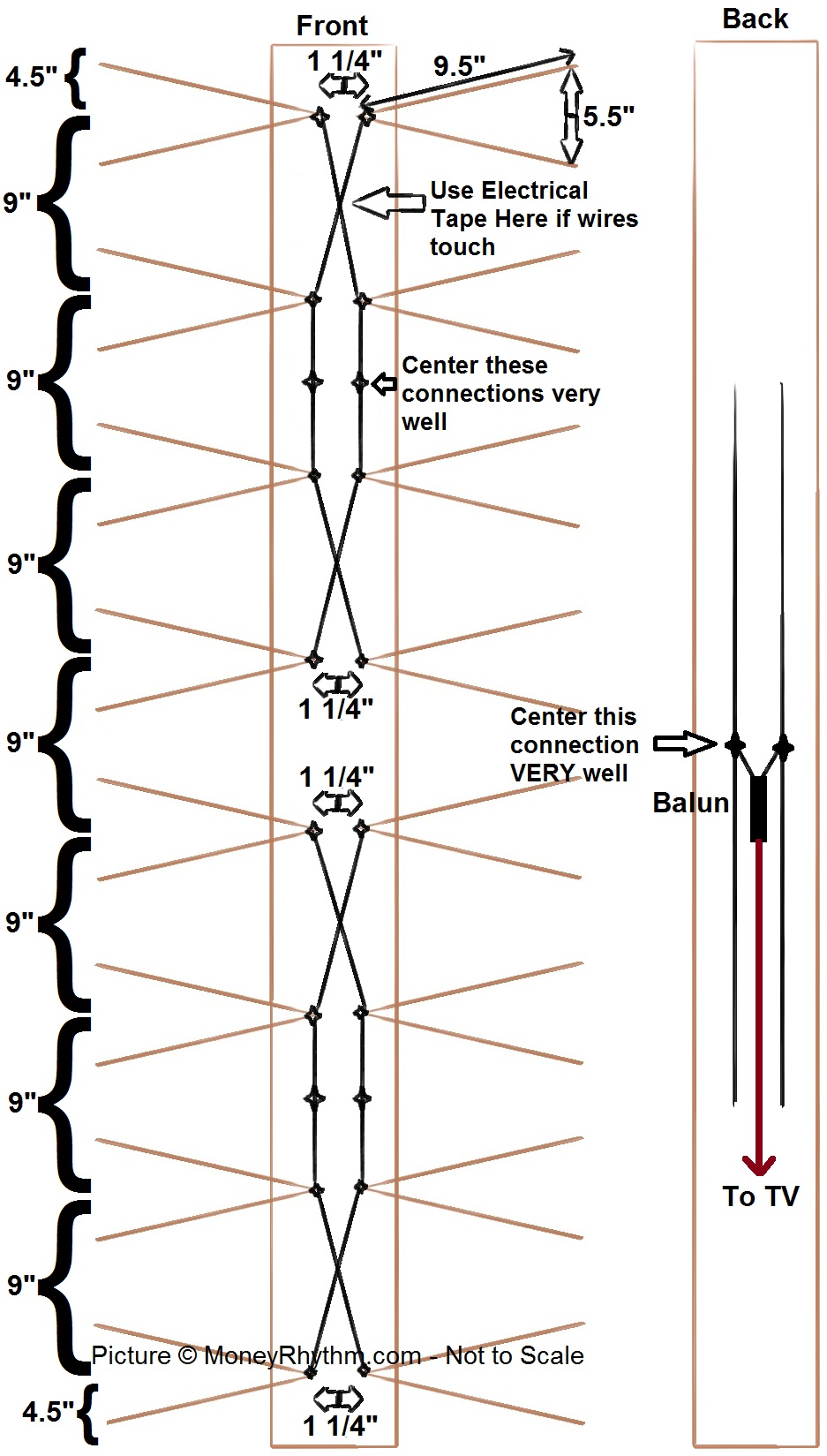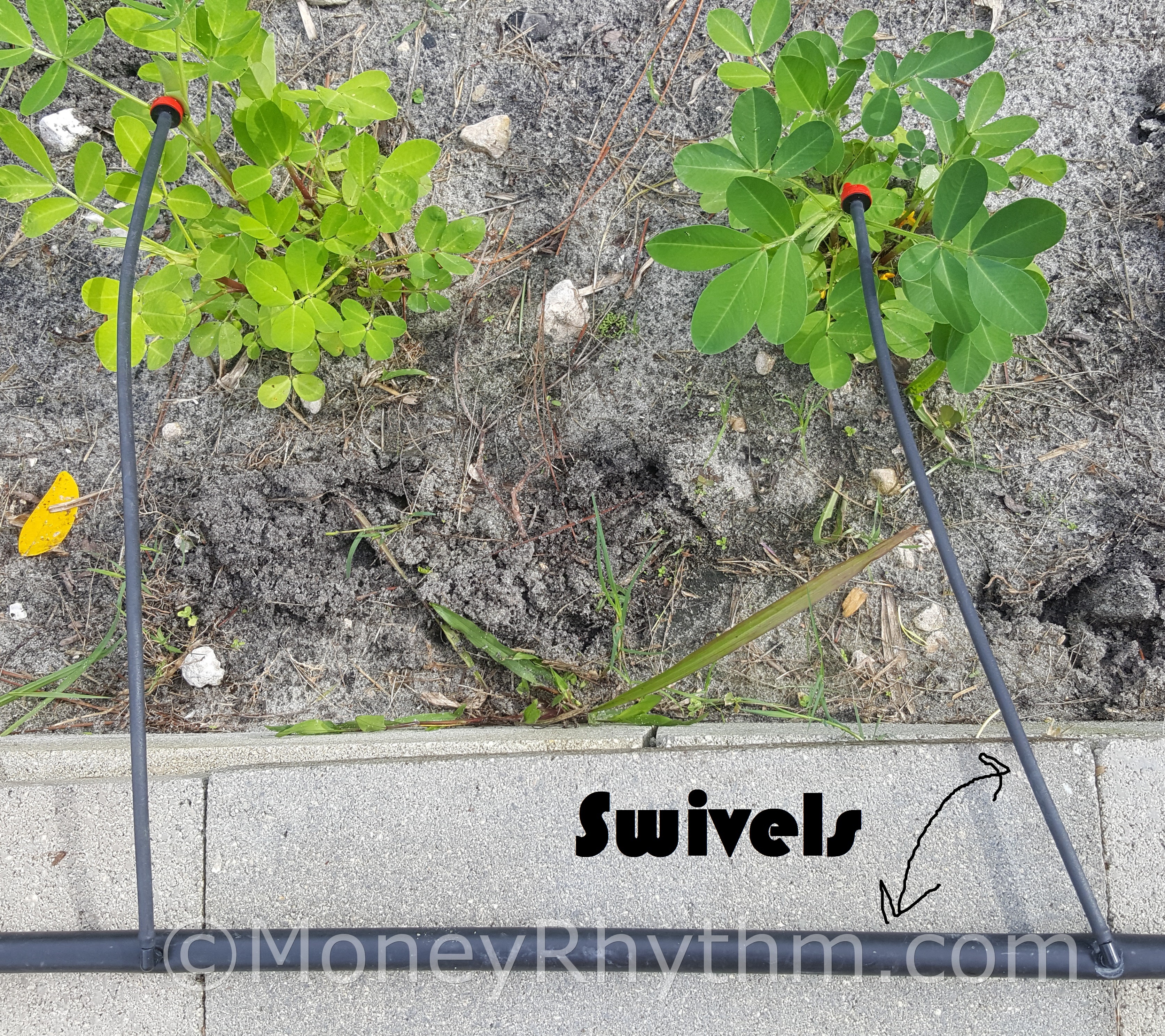 Running a site that focuses on growing a food forest, raising farm animals and DIY projects, I’ve made all the mistakes there are to be made when it comes to watering. I’m going to focus on the two models I have used and include links to those, but there are knock off versions which probably work for the same reasons I will highlight here. I don’t intend to disway you from choosing one or the other, because I have both on our property and would replace either of them with the same device in a heartbeat because the uses I have for them are perfect. Read on and find out what fits your situation.
Running a site that focuses on growing a food forest, raising farm animals and DIY projects, I’ve made all the mistakes there are to be made when it comes to watering. I’m going to focus on the two models I have used and include links to those, but there are knock off versions which probably work for the same reasons I will highlight here. I don’t intend to disway you from choosing one or the other, because I have both on our property and would replace either of them with the same device in a heartbeat because the uses I have for them are perfect. Read on and find out what fits your situation.
Sprinkler Controller Pros
The sprinkler Controller I have is a Rachio 16 Zone Gen 1, they now have a Gen 2, and Gen 3 which seem to offer almost no discernable benefit besides better access to flow meters (which cost extra) and more cost. All of them work with Amazon’s Alexa and Google Home so you can tell your assistant to water a certain zone when your kids or guests are standing in it (or you’re troubleshooting).
Seriously, the best benefit of a Smart Sprinkler controller is the ability to hit a button on your phone and turn on a zone.
Here is a list of the other benefits:
- Water your yard with the push of a button or your voice
- Save water via weather intelligence in the app — It checks your local weather and will delay or skip watering (only if you want) to save you water.
- Flexible scheduling that can fit any watering schedule needed to keep you in compliance
- Rain skip from a physical rain or freeze sensor
- Expandable (I bought the 16 zone just in case, and I’m up to 10 zones with plans to expand to all 16 via our garden next year)
- Connects to the web for time and weather
- Will alert you if it loses connection with the sprinkler timer, preventing dead plants and lawns
Hose Timer Pros
Hose Timers were my first foray into watering my food forest, garden, and animals. The biggest pro is by far convenience. They run on batteries, the valve is built in and

the timer schedule is reliable and does exactly what you say you want it to do. It will water four times a day for as long as you want, rain or shine, taking no advice from the internet, sun, or rain. It will water when you are in a drought and a code compliance officer is writing you a citation (wait is that a con . . . ). Because they are so consistent and reliable, they are my number one go to for watering animals, it runs 4 times per day for long enough to completely flush out the animals water and the extra water spills onto strategically planted nearby plants.
Expandability: As you can see from my photo of hose timers you can add a manifold and extra hose timers. Basically, for $30, you can start with one hose timer, then $50 dollars at a time, expand your zones. Hose timers are obviously compatible with hoses so there are no tricky conversions from pipe thread to hose thread.
4 Port Manifold (Splits your hose connection into 4 for more timers
Hose Timer Cons
Connecting to one outlet and having multiple hose timers can quickly overwelm your pump if more than one “zone” comes on at the same time. Adding a fertilizer injection system can be difficult because as you see in my photo, I had to have a master valve to turn on the water when the other valves were on to prevent siphoning and leaking into our water which can be dangerous for our drinking water.
Another con that was also a pro is that they run on batteries. While the batteries last very long ~1 year in my experience, they can die and fail to water your plants, trees, or animals.
Sprinkler Controller Cons
The major problem with getting a sprinkler controller versus a hose timer is cost and complexity of installation. You’ll need the following components

- Wifi Sprinkler Timer
- Weather Proof Box (I don’t know if gen 2 and gen 3 fit in this box, but I saw Rachio makes a box for them)
- Sprinkler Wire
- Sprinkler Valves Manifold (DO not buy individual ones, they sell a compact manifold with 3 valves preassembled, anti corrosion wire nuts and fittings for expansion for the price of one valve!)
- PVC and Fittings to connect to your zones or drip lines (Cheaper and easier to purchase from local hardware store)
As of this writing, the above setup would cost you $250 to set up 3 zones (Add $55 for each additional 3 zones). That price isnt terrible considering the benefits it comes
with and expandability.
The only other con I can think of is that it can be difficult to program the zones in the app. A recent update has streamlined zone setup, but it still isn’t drip line friendly so you have to fiddle with it a bit to get what you want.
As far as wiring goes, I will attach a photo here:

I would say that it was easy to wire, just time consuming to do properly. I also recommend you just wire and label all 16 zones so you don’t have to mess with it again in the future
Conclusion
Hose timers are great for specific uses such as filling buckets and chicken waterers for goats, chickens, cats, and dogs. It is possible to force the Rachio App to water a zone, which could be for animals, regardless of the weather, but there are many water saving features you must disable and YMMV with other sprinkler controllers for this purpose.
I would say that once you have grown beyond 4 different zones, it is time to migrate to real sprinkler controller because it will plan a schedule that won’t accidentally run two zones at the same time and will begin to save you wear and tear and money on electricity to run your pump as your needs grow. Our current setup includes 7 valves going to various tree “Zones” in our yard and the remainder are dedicated to watering rows of garder in the fall and spring.
Which one is right for your purposes? Do you have lots of zones? Want to have a smart yard? Leave a comment and your thoughts, I hope I’ve helped!





